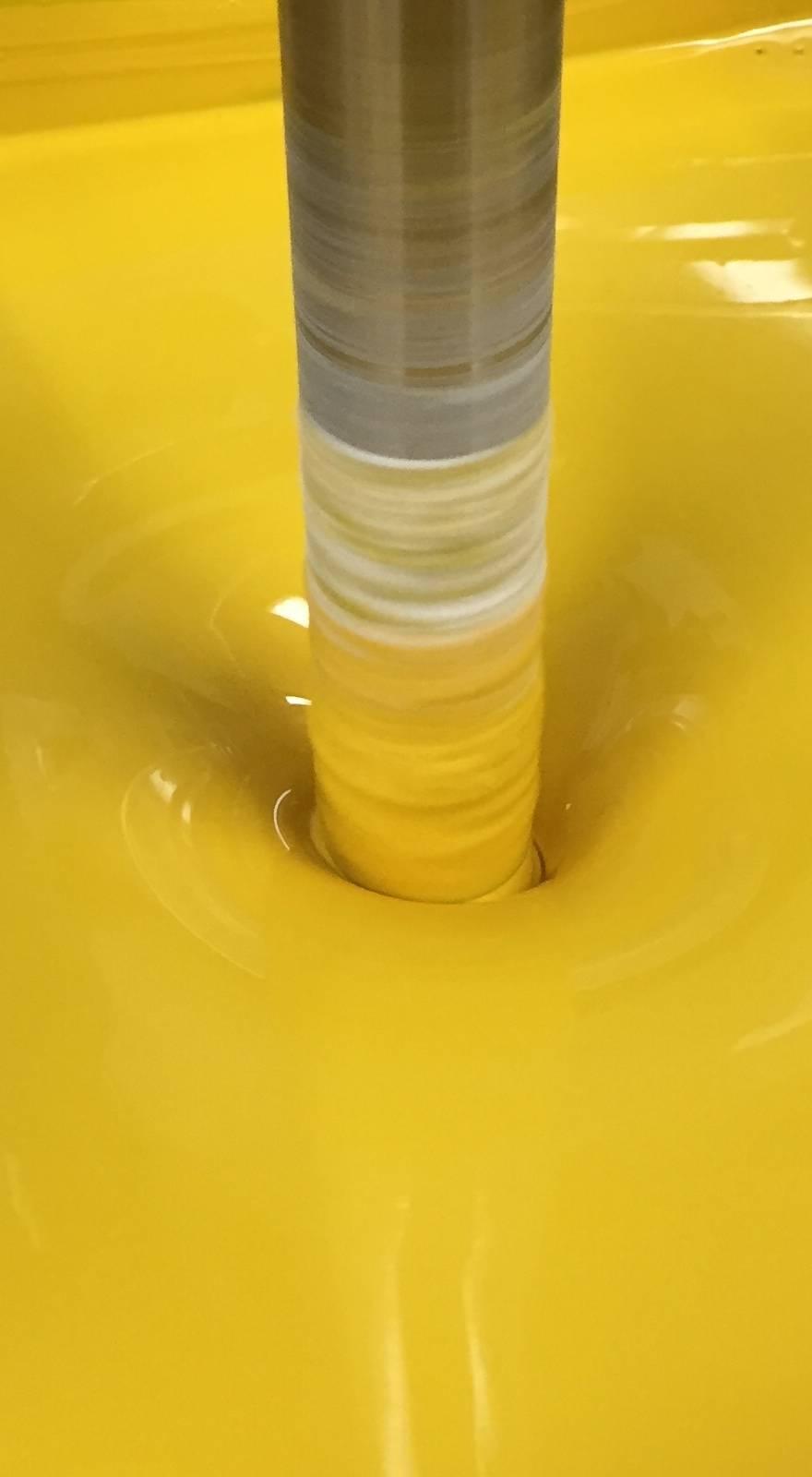Knowde Enhanced TDS
Identification & Functionality
- Chemical Family
- Product Type
- Technologies
- Product Families
Features & Benefits
- Ready-to-Use Product Features
- Characteristics
Dispersion of pigments and fillers in a solution of special polyurethane resins in organic solvents with the addition of additives.
Applications & Uses
- Markets
- Application Method
- Instructions for applying Rokopur Struktopur RK 403 paint
- First, the first spray is made with Rokopur Struktopur RK 403, which is diluted a lot for this purpose, viscosity approx. 35 s. A thickness of 30-50 μm is applied. Airless high-pressure equipment (pressure 150 atm.) Or a low-pressure air gun (pressure 4-5 atm.) Can be used for the application.
- After drying - about 30 minutes, a second spray of Struktopur paint is performed. The paint is no longer diluted - it is sprayed in the supply viscosity, the pressure during spraying is low - approx. 1.5 atm. During spraying, a specific structure is created. Thickness is no longer important here. By adjusting the viscosity and pressure, the desired fineness of the structure is selected. It is advisable to consult the recommended type of spray gun used with the upper container, with the addition of air to the container with the paint manufacturer.
- Initial pre-reaction of the hardened mixture of structural color for 15 min. before spraying - the interval from hardening to spraying - must be strictly observed.
Properties
- Properties
Dry Film Properties Color shade according to choice (RAL, ČSN, sample) Degree of gloss 40% Coverage 1-2 Erichsen excavation min.6 mm (ČSN EN ISO 1520) Hardness 97 s (ČSN EN ISO 1522) Solid Color Solid color thixotropic (F4 / 20°C according to ČSN 673013) Supplied viscosity min.70% (according to shade) Mass dry matter 1.27 g / cm3 Density > 23°C Point of ignition 12 months with closed container Storage store not below + 5°C and not above + 30°C Hardened Mixture Mass dry matter approx. 70% (according to shade) Bulk solids 49% Density 1.25 g / cm3 TOC 259 gC / kg VOC 298 g / 1 kg TOC at 1 μm s. 0.66 gC / 1m2 TOC to the recommended thickness of 50 μm 33 gC / 1 m2 at 50 μm dry film thickness Theoretical yield 7.8 m2 / kg
Technical Details & Test Data
- Technical Details
Hardening
Hardener Rokopur Hardener RK 500 (14: 1 by weight or 10: 1 by volume.)Workability time
4-6 hours at 20 °CDilution
See application instructions. For the first injection of Struktopur, RK 010 Thinner is used to dilute Rokopur.Cleaning Roofer C 6000
Drying times
Air drying- st.1 max. 2 hours at 20 ° C (ČSN 673052)
- st.4 max. 24 hours at 20 ° C
- st.7 max.10 days at 20 ° C
Oven drying
The following drying times can be achieved with accelerated drying (circulating air):
(blowing time 15 min. at normal temperature approx. 20 ° C before accelerated drying must be strictly observed) 40 min. at 80 ° C or 30 min at 100 ° C or 12 min at 120 ° C- Previous Edit
The substrate must be free of dust, rust, scale, oil, grease and old paint residues. Degreasing and mechanical cleaning for min. St 2 or or blasting to a surface cleanliness of Sa 2.5 (ISO 8501-1) is more suitable
Furthermore, the substrate is provided with a primer - eg anti-corrosion coating Rokoprim acrylic RK 102 or Rokopur primer RK 105 or Rokoprim EP S 2300. The recommended thickness of the primer is, depending on the corrosion load of the product - most often from 40-80 μm.

